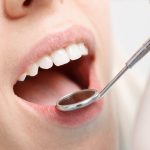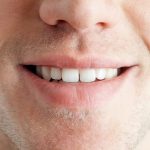Say Goodbye to White Spots on Teeth: Proven Tips for Effective Removal
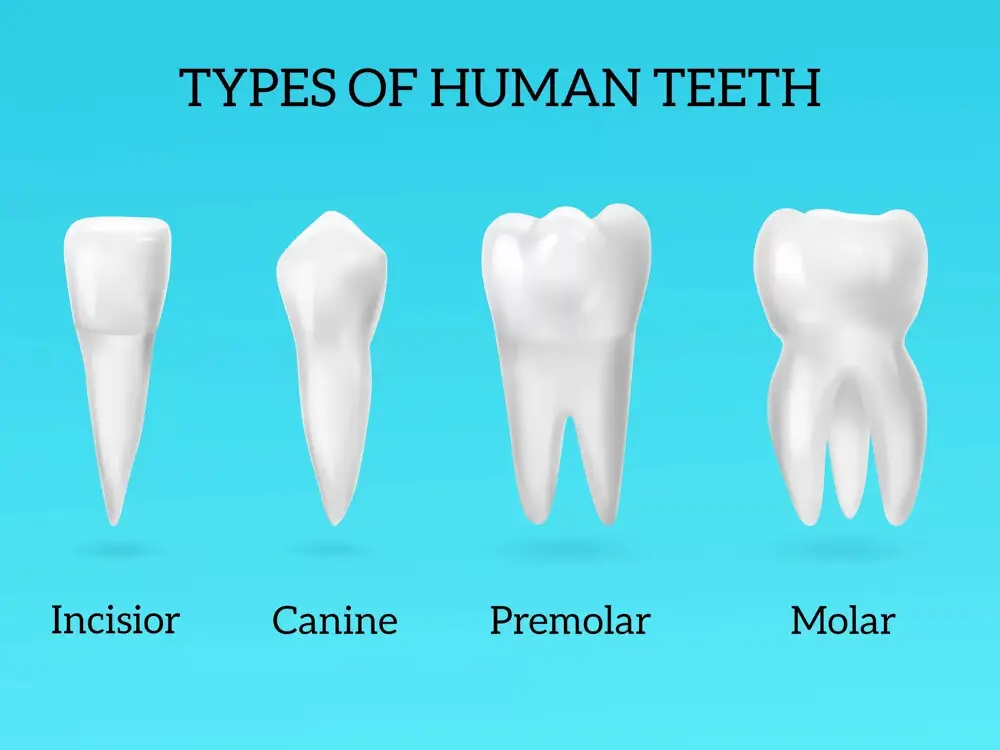
Your smile is one of the first things that people notice about you, and it’s a reflection of your overall health and cleanliness. Unfortunately, white spots on your teeth can detract from your beautiful smile and make you feel self-conscious. These spots can be caused by a variety of factors, including poor dental hygiene, fluorosis, and enamel hypoplasia, and they can be difficult to remove. However, with the right tools and techniques, you can say goodbye to those unsightly white spots and enjoy a brighter, more confident smile. When it comes to removing white spots on teeth, there are a variety of options available, from at-home remedies to professional treatments. While some methods are more effective than others, the key is to find the approach that works best for your individual needs and preferences. Whether you’re looking for an all-natural solution or a more high-tech approach, there are plenty of proven tips and tricks that can help you achieve the sparkling smile you deserve. So, if you’re tired of feeling self-conscious about your teeth, read on for some expert advice on how to get rid of those pesky white spots once and for all.
White spots on teeth are a common dental issue that can be caused by several factors. These spots are areas where the enamel on the tooth has become demineralized, leaving a chalky white appearance. Poor oral hygiene, excessive fluoride intake, and braces are some of the main causes of white spots on teeth. Additionally, consuming sugary and acidic foods and drinks can contribute to the development of these unsightly spots. To effectively remove white spots on teeth, it is essential to identify the underlying cause and take appropriate measures to address it. With the right dental care and treatment, you can say goodbye to white spots on your teeth and enjoy a brighter, healthier smile.
White spots on teeth can be caused by a variety of factors, including poor oral hygiene, excessive fluoride intake, and enamel hypoplasia. Poor oral hygiene can lead to the buildup of plaque and bacteria on the teeth, which can weaken the enamel and cause white spots to form. Excessive fluoride intake, whether from drinking water, supplements, or toothpaste, can also lead to white spots, a condition known as fluorosis. Enamel hypoplasia, a condition where the enamel on the teeth is underdeveloped, can also cause white spots to form. Other factors, such as certain medications, medical conditions, and genetics, may also contribute to white spots on teeth. If you are concerned about white spots on your teeth, it is important to consult with a dental professional to determine the underlying cause and develop an appropriate treatment plan.
Removing white spots on teeth is essential for maintaining a healthy and attractive smile. These unsightly blemishes can be caused by a variety of factors, including poor dental hygiene, excessive fluoride intake, and certain medications. Not only do white spots detract from the natural beauty of your teeth, but they can also be an indication of underlying dental problems. If left untreated, white spots can lead to tooth decay and even tooth loss. Therefore, it is important to take proactive steps to remove white spots and prevent them from reoccurring. By following proven tips for effective removal, you can ensure that your teeth remain strong, healthy, and free of unsightly blemishes.
Improve Oral Hygiene

Taking care of your oral hygiene is crucial for maintaining healthy teeth and gums. Not only does it prevent cavities and gum disease, but it also keeps your breath fresh and your smile bright. There are several ways to improve your oral hygiene, including brushing your teeth twice a day, flossing regularly, and using mouthwash. Brushing your teeth removes plaque and bacteria from the surface of your teeth, while flossing removes debris from between your teeth and along the gumline. Mouthwash can help kill bacteria and freshen your breath. Additionally, it is important to replace your toothbrush every three to four months to ensure that it is effective at removing plaque. In addition to these basic oral hygiene practices, there are other things you can do to improve your oral health. For example, you can avoid sugary and acidic foods and drinks, as they can erode your tooth enamel and lead to tooth decay. You can also chew sugar-free gum, which can help stimulate saliva production and wash away bacteria. Finally, you can visit your dentist regularly for check-ups and cleanings, as they can detect and treat any dental problems before they become more serious. By following these tips, you can improve your oral hygiene and maintain a healthy, beautiful smile for years to come.
Maintaining dental hygiene through regular brushing and flossing is crucial for keeping your teeth healthy and free from white spots. Brushing twice a day with fluoride toothpaste helps remove plaque, a layer of bacteria that can accumulate on your teeth and cause tooth decay. Flossing daily also helps remove food particles and plaque from areas between your teeth that your toothbrush can’t reach. Neglecting these habits can lead to the buildup of harmful bacteria, which can cause cavities, gum disease, and other dental problems. Therefore, it is essential to incorporate brushing and flossing into your daily routine to ensure good oral health and prevent the development of white spots on your teeth.
Choosing the right toothpaste is crucial when it comes to maintaining good oral hygiene and eliminating white spots on teeth. It’s important to look for toothpaste that contains fluoride, a mineral that strengthens tooth enamel and prevents decay. Additionally, toothpaste that is specifically designed for whitening can help to remove surface stains and discoloration. Other factors to consider when choosing toothpaste include sensitivity levels, flavor preferences, and any specific dental concerns. By carefully selecting the right toothpaste, individuals can effectively remove white spots on their teeth and maintain a healthy, bright smile.
Using mouthwash is an effective way to maintain good oral hygiene and prevent white spots on teeth. Mouthwash helps to kill bacteria and freshen breath, promoting healthy teeth and gums. It is important to choose a mouthwash that is alcohol-free and contains fluoride, as this helps to strengthen tooth enamel and protect against cavities. Mouthwash should be used after brushing and flossing, and swished around the mouth for at least 30 seconds. However, it is important to note that mouthwash should not be used as a substitute for brushing and flossing, but rather as an additional step in a complete oral hygiene routine.
Change Your Diet
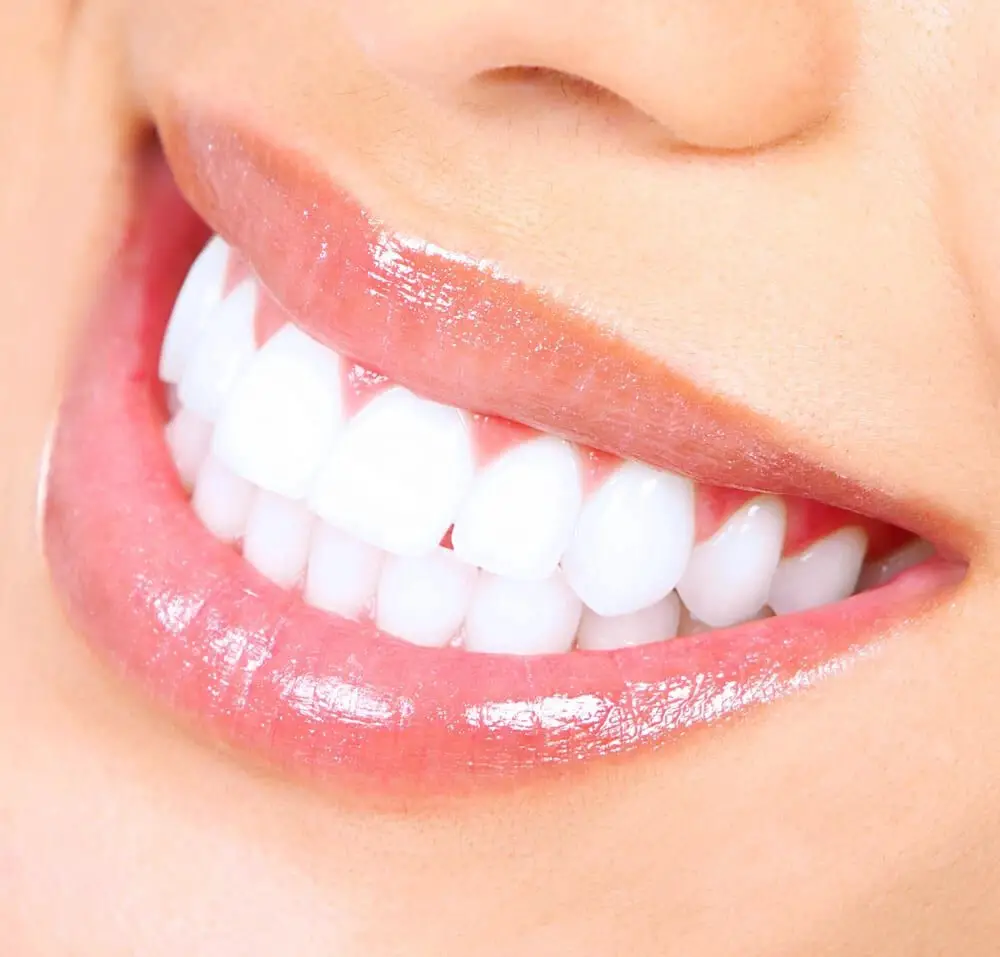
Changing your diet is an effective way to remove white spots on teeth. The foods and drinks you consume have a significant impact on your dental health. Acidic foods and drinks such as citrus fruits, carbonated drinks, and vinegar-based dressings can erode the enamel on your teeth and cause white spots to form. To avoid this, consider incorporating more alkaline foods and drinks such as leafy green vegetables, nuts, and milk into your diet. These foods help to neutralize the acid in your mouth and promote healthy enamel growth. Additionally, foods rich in calcium and phosphorus such as cheese, yogurt, and dark leafy greens can help to strengthen your teeth and prevent the formation of white spots. Another way to change your diet for healthier teeth is to limit your intake of sugary and starchy foods. These types of foods can stick to your teeth and provide a breeding ground for bacteria, which can lead to the formation of white spots and other dental problems. Instead, opt for fresh fruits and vegetables, lean proteins, and whole grains. These foods are not only better for your teeth, but they also provide your body with the nutrients it needs to maintain overall good health. By making smart choices about what you eat and drink, you can help to prevent white spots on your teeth and enjoy a brighter, healthier smile.
When it comes to maintaining healthy teeth, it’s not just about brushing and flossing. Your diet plays a crucial role as well. To prevent white spots on your teeth, there are certain foods and drinks that you should avoid. First and foremost, sugary and acidic drinks like soda, sports drinks, and fruit juices should be limited or avoided altogether. These drinks can erode your tooth enamel and lead to white spots. Additionally, sticky and chewy foods like candy and dried fruit can get stuck in between teeth and cause decay. Finally, starchy and refined carbohydrate foods like white bread, pasta, and chips can also contribute to white spots. Instead, opt for fresh fruits and vegetables, lean proteins, and water to maintain a healthy and bright smile.
If you want to get rid of those pesky white spots on your teeth, incorporating certain foods and drinks into your diet can help. Eating foods high in calcium, like cheese and yogurt, can help remineralize tooth enamel and reduce the appearance of white spots. Green tea is also a great drink option, as it contains compounds that can help fight the bacteria that can cause white spots. Additionally, crunchy fruits and vegetables like apples and carrots can help remove surface stains on teeth. Drinking plenty of water is also important, as it helps to wash away food particles and prevent the buildup of plaque, which can lead to white spots. By incorporating these foods and drinks into your diet, you can help remove white spots on your teeth and achieve a brighter, healthier smile.
Staying hydrated is not only essential for the overall health of your body, but it is also crucial for the health of your teeth. Drinking enough water helps to keep your mouth moist, which is important for washing away food particles and bacteria that can lead to the formation of white spots on your teeth. Dehydration can also lead to dry mouth, which can cause bad breath, tooth decay, and other dental problems. In addition to drinking water, eating fruits and vegetables with high water content, such as watermelon and cucumbers, can also help to keep you hydrated and promote healthy teeth. So, make sure to stay hydrated to maintain good oral health and prevent white spots on your teeth.
Professional Treatments
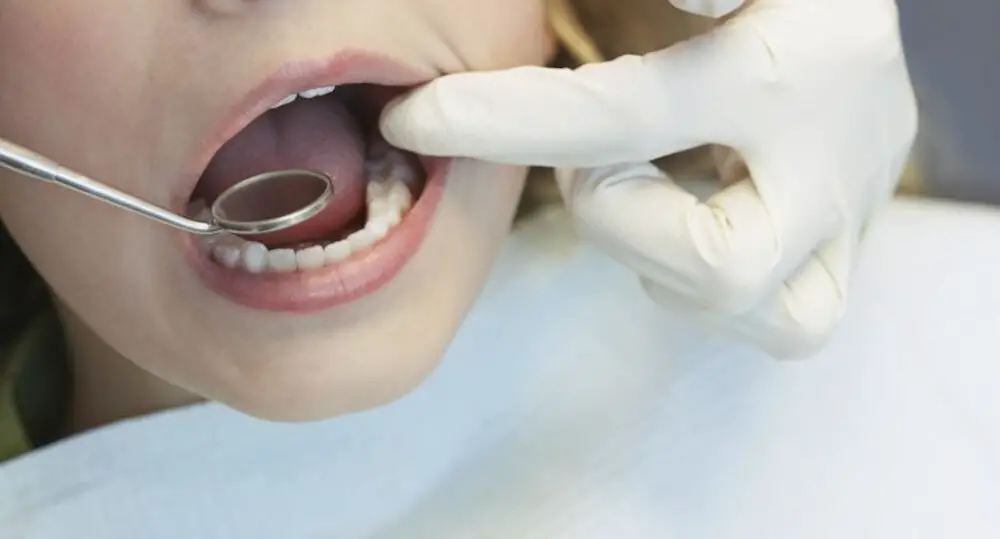
Professional treatments are the most effective way to remove white spots on teeth. There are several options available, including microabrasion, resin infiltration, and dental bonding. Microabrasion involves removing a thin layer of enamel from the teeth using a fine abrasive material. This can help to remove the white spots and improve the appearance of the teeth. Resin infiltration involves using a special resin material to fill in the white spots and blend them in with the surrounding teeth. Dental bonding is a more involved procedure that involves applying a composite resin material to the teeth and shaping it to match the surrounding teeth. This can be a more permanent solution to white spots, but it also requires more time and expense. It is important to note that professional treatments should always be performed by a qualified and experienced dentist. While these treatments can be effective, they can also be risky if not done properly. Additionally, some of these treatments may not be covered by insurance, so it is important to consider the cost before deciding which option to pursue. With the right treatment and care, however, it is possible to say goodbye to white spots on teeth and enjoy a brighter, more confident smile.
Professional treatments are a reliable and effective way to remove white spots on teeth. These treatments are typically performed by a dentist or dental hygienist using specialized tools and techniques. One common professional treatment is microabrasion, which involves removing a small layer of enamel from the affected tooth to eliminate the discoloration. Another option is dental bonding, where a tooth-colored resin is applied to the surface of the tooth to cover up the white spot. In some cases, a dentist may recommend tooth whitening to even out the color of the teeth. While professional treatments may be more expensive than at-home remedies, they offer longer-lasting and more noticeable results.
Dental bonding is a cosmetic dental procedure that involves applying a tooth-colored resin material to the surface of a tooth to improve its appearance. This procedure can be used to correct a variety of dental issues, including white spots on teeth. The bonding material is carefully sculpted to match the natural contours of the tooth, and then hardened with a special light. Dental bonding is a relatively quick and painless procedure that can be completed in a single visit to the dentist’s office. It is also a cost-effective alternative to more extensive cosmetic dental procedures, such as veneers or crowns. With proper care, dental bonding can last for several years, making it a popular choice for patients looking to improve the appearance of their teeth.
Microabrasion is a non-invasive technique used to remove white spots on teeth caused by enamel hyperplasia or fluorosis. The procedure involves the use of a mild acid solution to dissolve the outermost layer of the affected enamel, followed by gentle abrasive polishing to remove any remaining opaque spots. Microabrasion is a safe and effective method that can be done in a dental office or at home with a prescribed kit. It is important to note that microabrasion may not be suitable for all cases, and consulting with a dentist is recommended to determine the best course of action. With microabrasion, individuals can restore their teeth to a more natural, aesthetically pleasing appearance.
Dental veneers are a cosmetic dental treatment that involves placing a thin, custom-made shell over the front surface of a tooth. They are a popular solution for improving the appearance of teeth that are discolored, chipped, or misshapen. Made from either porcelain or composite resin, veneers can be color-matched to blend seamlessly with the surrounding teeth, providing a natural-looking result. The process of getting veneers typically involves two appointments with a dentist, during which the tooth is prepared, impressions are taken, and the veneer is bonded to the tooth. With proper care, dental veneers can last for many years, providing patients with a durable and long-lasting solution to cosmetic dental concerns.
Home Remedies
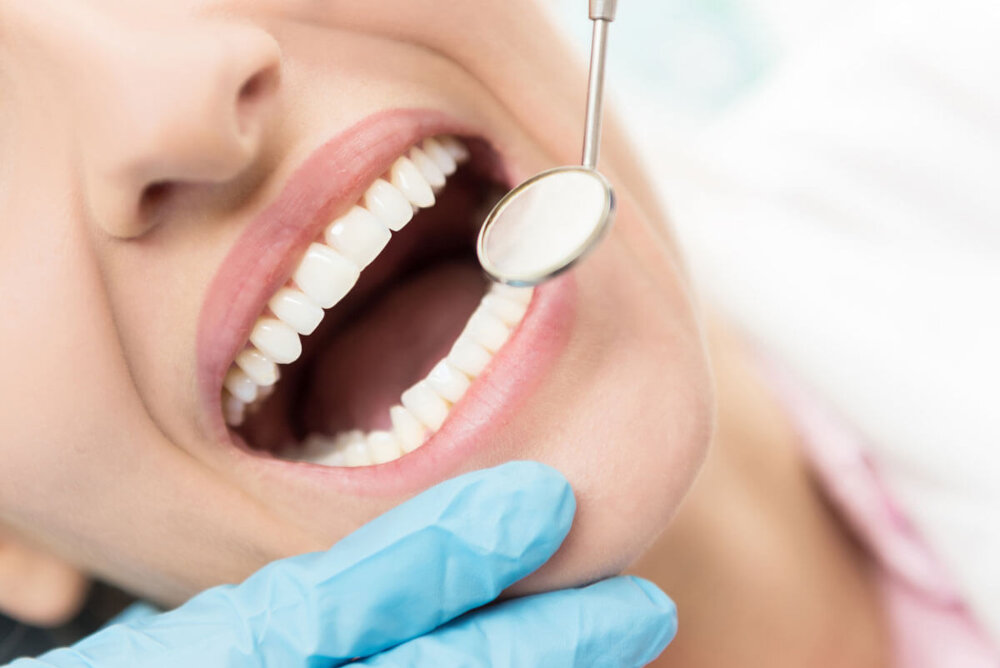
Home remedies are often the first line of defense when it comes to addressing minor health issues, and white spots on teeth are no exception. There are several simple and effective solutions that can be found in your own kitchen or bathroom cabinet. One popular home remedy for removing white spots on teeth is oil pulling. This involves swishing a tablespoon of coconut oil around in your mouth for 10-20 minutes each day, which can help remove bacteria and plaque buildup that can cause discoloration. Another effective remedy is baking soda, which can be mixed with water to create a paste that can be applied to teeth and left on for a few minutes before rinsing off. This can help remove surface stains and improve the overall appearance of teeth. In addition to oil pulling and baking soda, there are several other home remedies that can be used to remove white spots on teeth. These include apple cider vinegar, which can be diluted with water and used as a mouthwash to help remove bacteria and stains, and strawberries, which contain malic acid that can help break down surface stains. It’s important to note, however, that home remedies are not a substitute for professional dental care. If you have persistent white spots on your teeth, it’s important to consult with a dentist to determine the underlying cause and appropriate treatment options.
Baking soda and hydrogen peroxide are two of the most popular natural ingredients when it comes to removing white spots on teeth. Baking soda, also known as sodium bicarbonate, is a gentle abrasive that can help remove surface stains on teeth. It also has antibacterial properties that can help prevent the growth of harmful bacteria in the mouth. Hydrogen peroxide, on the other hand, is a powerful bleaching agent that can whiten teeth and remove stubborn stains. When combined, these two ingredients can create a powerful and effective teeth whitening solution that can help you achieve a brighter and healthier smile. However, it’s important to use these ingredients in moderation and under the guidance of a dental professional to avoid damaging your teeth and gums.
Oil pulling is an ancient Ayurvedic practice that involves swishing oil in the mouth for several minutes to improve oral health. It is believed to remove harmful bacteria, reduce inflammation, and whiten teeth naturally. The most commonly used oils for oil pulling are coconut, sesame, and sunflower oil. The process involves swishing a tablespoon of oil in the mouth for 15-20 minutes before spitting it out. Oil pulling has gained popularity in recent years as a natural alternative to commercial mouthwash and teeth whitening products. While there is limited scientific evidence to support its effectiveness, many people have reported positive results from incorporating oil pulling into their oral hygiene routine.
Apple cider vinegar is a popular natural remedy that has been used for centuries due to its many health benefits. It is made by fermenting apples, and it contains acetic acid, which has antibacterial properties that can help to kill the harmful bacteria in the mouth that cause white spots on teeth. Apple cider vinegar also contains enzymes that can help to break down the plaque that forms on teeth, which can further help to prevent white spots from forming. However, it is important to note that apple cider vinegar is highly acidic and should be used with caution as excessive use can erode the enamel on teeth, leading to further dental issues.
Activated charcoal is a natural substance that has been used for centuries as a detoxifying agent. It is made by heating charcoal to a high temperature, which creates a porous surface that can trap toxins and impurities. In recent years, it has gained popularity as a teeth whitening agent due to its ability to absorb stains and plaque. Activated charcoal is available in different forms, including powder, paste, and capsules. However, it’s important to use caution when using activated charcoal on teeth, as it can be abrasive and potentially damage tooth enamel if used too frequently or aggressively.
In order to effectively remove white spots on teeth, it is important to maintain good oral hygiene habits such as brushing twice a day with fluoride toothpaste, flossing daily, and using mouthwash. Limiting sugary and acidic foods and drinks can also help prevent further damage. Additionally, incorporating remineralization treatments like using fluoride gel or toothpaste, drinking fluoridated water, or using dental sealants can help restore the enamel on your teeth. For more severe cases, professional dental treatments such as microabrasion, resin infiltration, or veneers may be necessary. By following these tips, you can say goodbye to white spots on your teeth and achieve a brighter, healthier smile.
Consulting a dentist is crucial not only for maintaining good oral health but also for ensuring a beautiful smile. Regular dental checkups can help in the early detection and prevention of dental problems such as cavities, gum disease, and oral cancer. A dentist can provide professional cleaning to remove tartar and plaque buildup, which can cause white spots on teeth. Moreover, a dentist can recommend effective treatment options to remove white spots and improve the appearance of teeth. It is essential to schedule regular dental appointments to maintain healthy teeth and gums and achieve a confident smile.
Achieving a healthy smile is not only about having straight and shiny teeth. It’s also about maintaining the overall oral health, which includes the gums, tongue, and the entire mouth. White spots on teeth can be a sign of mineral loss, which could lead to tooth decay and other oral health problems. Therefore, it’s important to take action towards removing these white spots and preventing them from reoccurring. With the right tips and techniques, anyone can achieve a healthier smile and improve their overall oral health. So, don’t hesitate to take action and start practicing good oral hygiene habits today!
Conclusion
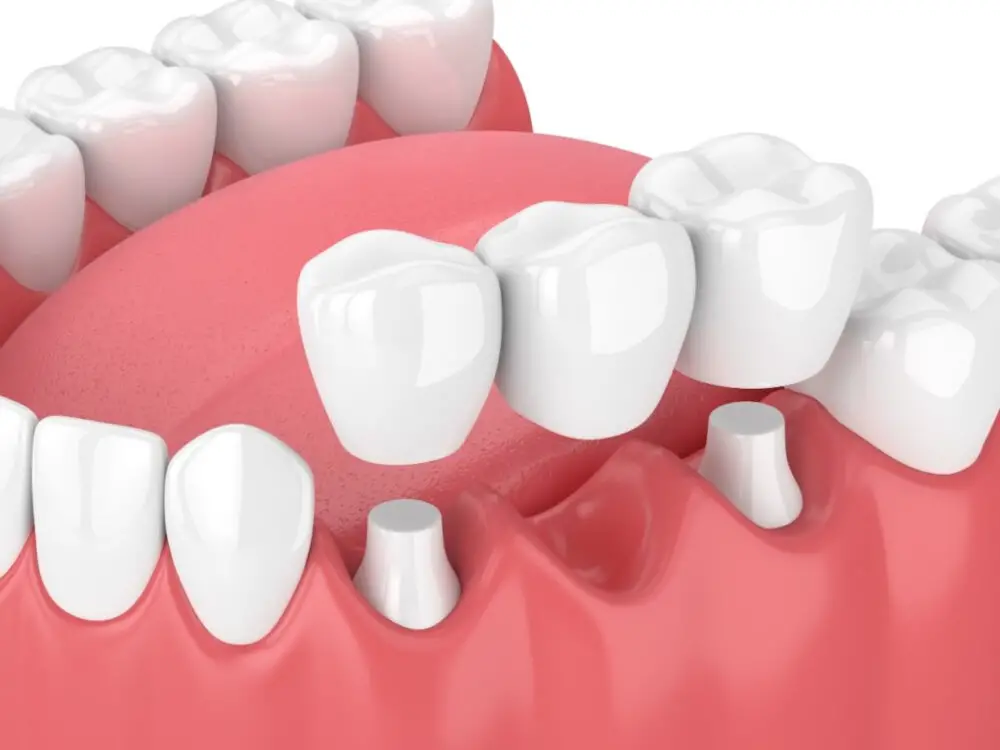
In conclusion, the presence of white spots on teeth can be a source of frustration and embarrassment for many individuals. However, there are proven tips for effective removal that can help restore the natural beauty of your smile. From practicing good oral hygiene habits, to seeking professional treatments like microabrasion or fluoride therapy, there are a variety of options available to help you achieve a brighter, healthier smile. It is important to consult with your dentist to determine the best course of action for your specific needs. With dedication and persistence, you can say goodbye to white spots on teeth and enjoy a confident, radiant smile.


